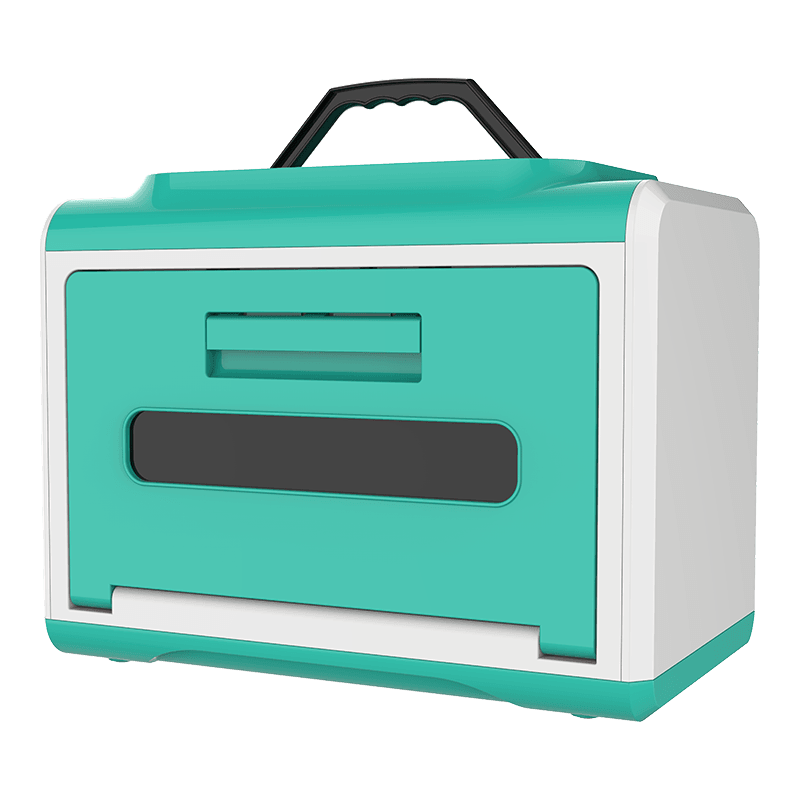In the healthcare industry, maintaining cleanliness and sterility is crucial to prevent the spread of infections. Medical disinfection cabinets play a vital role in achieving this objective by providing a controlled and efficient means of sterilizing medical instruments and equipment.
1. Ultraviolet (UV) Disinfection Cabinets:
UV disinfection cabinets use ultraviolet light to effectively kill a wide range of microorganisms. These cabinets are commonly used for disinfecting small medical instruments, such as forceps, scissors, and dental tools. UV light penetrates the microbial cells and damages their DNA, rendering them unable to reproduce or cause infections.
2. Dry Heat Disinfection Cabinets:
Dry heat disinfection cabinets utilize high temperatures to decontaminate medical instruments. These cabinets are ideal for instruments that are sensitive to moisture or steam such as endoscopes and delicate electronic devices. The dry heat kills microorganisms by denaturing their proteins and disrupting cellular structures.
3. Chemical Disinfection Cabinets:
Chemical disinfection cabinets employ liquid or vapor-based disinfectants kill microorganisms. These cabinets are suitable for a broad range of medical instruments and equipment. The disinfectants used can vary depending on the requirement and may include alcohols, hydrogen peroxide, or quaternary ammonium compounds. the disinfection process, a thorough rinse is required to remove any residue or residual chemicals.
4. Steam Sterilization Cabinets:
Steam sterilization cabinets, also known as autoclaves, use high-pressure steam to kill microorganisms. These cabinets are widely used for the sterilization of surgical instruments, laboratory equipment, and medical supplies. The high heat and pressure generated inside the autoclave ensure the destruction of bacteria, viruses, and fungi, making it one of the most reliable methods of sterilization.
5. Combination Cabinets:
Some medical disinfection cabinets combine multiple disinfection methods to provide enhanced sterilization capabilities. These cabinets may incorporate UV light, dry heat, and chemical disinfection methods to ensure thorough decontamination. Combination cabinets are particularly useful in healthcare settings where a wide range of medical instruments and equipment need to be sterilized.
In addition to their different types, medical disinfection cabinets have various uses. They are primarily utilized in hospitals, clinics, dental practices, laboratories, and other healthcare facilities for the sterilization of surgical instruments, dental tools, endoscopes, catheters, and laboratory equipment. Medical disinfection cabinets also find application in spas, salons, and tattoo parlors for sterilizing reusable tools.
Regardless of the type of medical disinfection cabinet used, proper maintenance and adherence to manufacturer guidelines are essential for their effective functioning. Routine cleaning, regular calibration, and timely replacement of filters or components are necessary to ensure optimal performance and reliable sterilization results.
In conclusion, medical disinfection cabinets are essential tools in maintaining a clean and sterile healthcare environment. From UV cabinets to dry heat cabinets, chemical cabinets, steam sterilization cabinets, and combination cabinets, each type offers unique disinfection capabilities.

 EN
EN
 English
English 中文简体
中文简体
.png)









